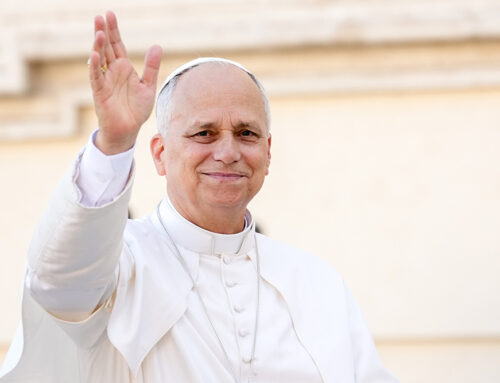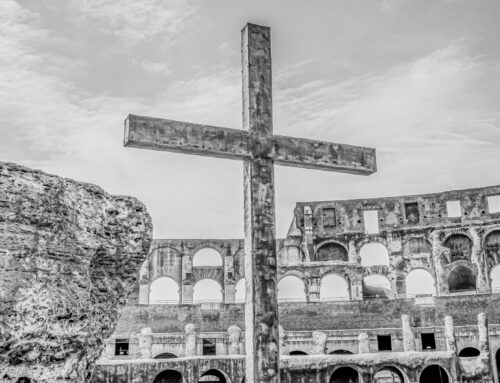A History of the Muslim World: From its Origins to the Dawn of Modernity
 Michael Cook (Princeton, $54, 895 pages)
Michael Cook (Princeton, $54, 895 pages)
Michael Cook, a professor of Near-Eastern Studies in Princeton and author of numerous books on Islam, has written a massive, wide-ranging history of the Muslim world, from Muhammad’s birth in the sixth century through is spread over most of the Old World, through to the rise of European powers and retreat of Islam to (mostly) the Middle East. That said, Cook ends his story in 1800, which means there is less recent history about the interaction of Christianity and Islam than many readers might hope for. Along the way we learn about the tumultuous world into which Muhammad was born, cannibalism on Andaman Island, the spread of Islam across the Sahara desert and Indian ocean, and the stretch of the Ottoman Empire. He also shows the interplay between Europe’s expansion and the Muslim world, which is broader than the crusades. As such, Cook takes detours into the schisms in the Christian Church and the Russian propensity to combat whoever is on its borders.
Cook’s large tome is a challenge to Edward Said’s Orientalism (1978) which presented the study of the Islamic world in the west as inherently racist. To his credit, Cook is often witty, but more to his credit he eschews the bane of modern history-writing, jargon and political correctness (anti-colonialism, identity politics, etc). A sample that illustrates every point in the previous sentence: ““In references to ancient history I occasionally use the abbreviations ‘BC’ and ‘AD’ to avoid ambiguity; I do so in the same spirit as I speak of ‘Wednesday’ or ‘Thursday’ without implying a belief in the pagan gods these days are named for’.” Generations who grew up needing to know the details of history – the whos, whens, and wheres – will be pleased with Cook’s history. Where Cook really excels is in giving each sect and each successive Caliphate its due. Far from being a monolith, Islam has historically had many divisions. While the book is long (and heavy), the reader gets a good sense that he has been provided a thorough political, cultural, social, and intellectual history to help understand what has become the world’s second largest religion.




